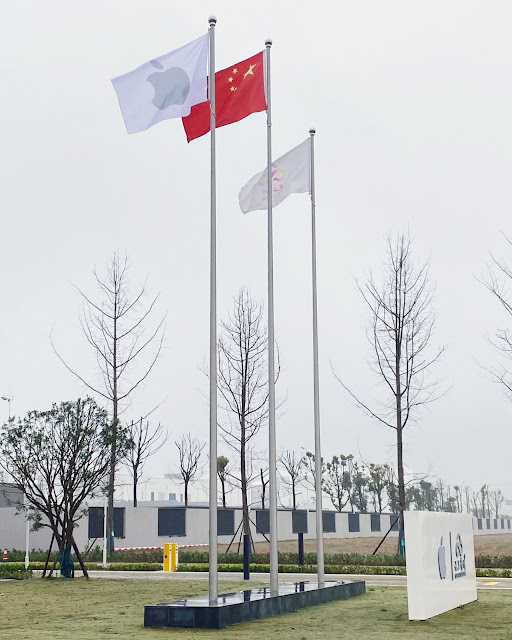Withdrawing completely from Afghanistan is a decision I don’t agree with, even if it’s one that fits the mood of our country (or the slick optics of a war’s ending on the anniversary of the attacks that prompted it). To simply wash our hands of an entire country and its people is deeply cynical. Currently, approximately 2,500 U.S. troops are serving in Afghanistan, a fraction of the 100,000 troops serving there when I left a decade ago. In 2020, more U.S. troops died in training accidents at Camp Pendleton in California than died in combat in Afghanistan. Signaling our commitment by keeping a small U.S. force there wouldn’t prevent every attack, but it would go a long way toward stabilizing the region, and allowing the Afghans to finish the fight against the Taliban for themselves. But the Biden administration has made its choice and doesn’t appear likely to reverse course, no matter how many schoolgirls the Taliban or the Islamic State massacre.
The events in Kabul last weekend teach us that our cynicism comes at a cost, to Afghanistan and to the U.S. In the months ahead, we will see more images like those out of Kabul. Our current hard-edged national mood will endure for only so long. Eventually, we will have to reckon with why we chose this path, one that allows girls to die in the very schools we encouraged them to attend. If we as a country are going to actually “come home” from Afghanistan, we’re going to need to find a better answer than Our effort there at the end was hopeless. Because cynicism won’t allow us to move on. It never does.
Elliot Ackerman
Following the announcement of a complete withdrawal of US forces from Afghanistan later this year, I went back and read the investigation published in The Washington Post in late 2019 – about half of it anyway, since it has six sizeable parts. It is truly remarkable how badly the situation in Afghanistan was mismanaged by several consecutive US administrations, from the lack of clear strategic goals, to pumping endless funds into unsustainable infrastructure projects, to a general lack of understanding of the culture and society – and how army generals tried to conceal the lack of meaningful progress.
